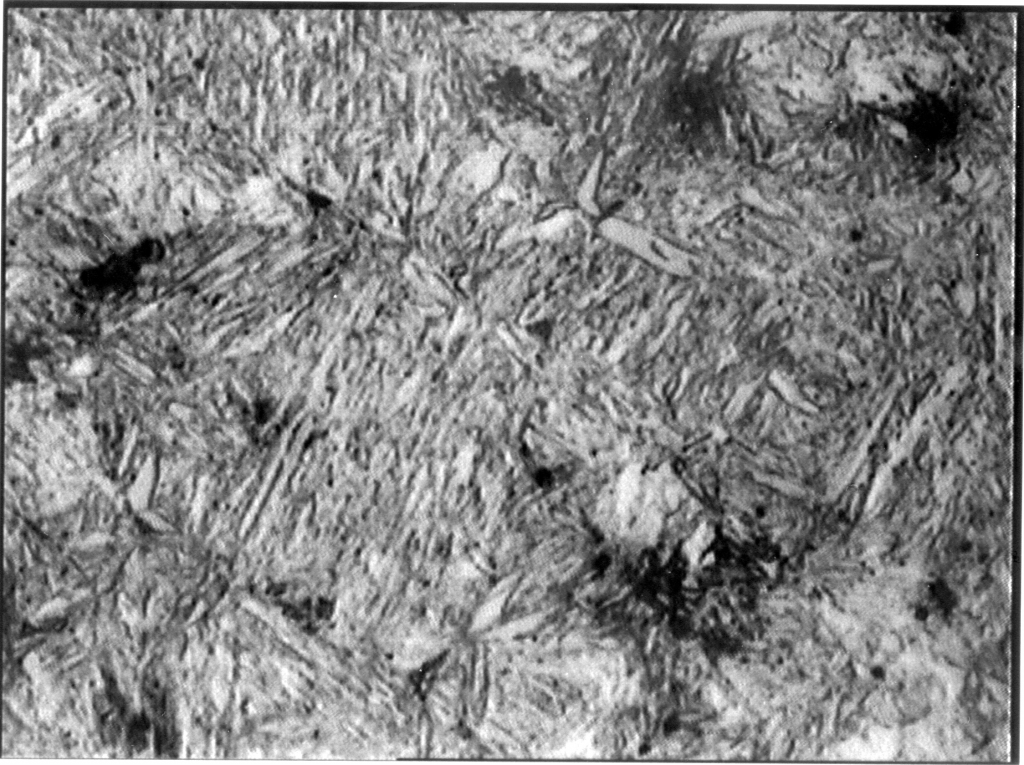Retained austenite frequently comes up in many knife- and blade-making discussions. Beginners to the craft may find it hard to follow these discussions without an understanding of what austenite is and how it figures in making knives.
It was only in the past century or so that the craft of making knives was understood more scientifically. Before then, knife-making was more of an art and the things that the steel undergoes at the molecular level were a mystery. Though many smiths and knife makers were able to create high-quality blades in the past, there wasn’t really a deeper, objective explanation of what steel goes through to become a knife. There was just a deep understanding borne out of years of experience.
Nowadays, however, we have the benefit of scientific discoveries and technological advances. We can now understand the workings of the steel during forging. It won’t take decades of experience to have a mastery of how to make the steelwork the way you want it to. Now, you can study the science behind knife-making to understand your material more.
Austenite is formed when carbon steel is heated to high temperatures—basically, when the forging process of knife-making begins. In a nutshell, retained austenite is a leftover from austenite that has turned into martensite during martensitic transformation. This retained austenite can be problematic because it can affect many of a blade’s significant properties, such as hardness, strength, and resistance to corrosion. There will always be austenite left over in the steel after treatment. Since austenite is softer than the martensite or the carbides in the blade, many knife makers want to control the amount of retained austenite. However, it’s not as cut and dried as it seems. Some argue that retained austenite helps make a blade resilient during tempering and that it can toughen up the blade as the austenite transforms to ferrite and cementite.
The science of blade-making is continuously developing. It has been discovered that as carbon increases in the steel, so does the retained austenite. Scientists have also found a way to detect the presence and amount of retained austenite. Adding a minuscule amount of nital and zephiran chloride will give the martensite a dark color, and the retained austenite can be revealed. However, since many of us don’t really have nital or zephiran chloride lying around, you can also detect retained austenite by x-ray diffraction.
Of course, most knife makers don’t have access to equipment like this (or if they did, it won’t be for their knives). The upside is that you can definitely learn how to control the levels of retained austenite in your knives. As you develop your skills and experience as a knife maker, you’ll figure out how you prefer your knives to be in terms of the amount of retained austenite in the steel.
